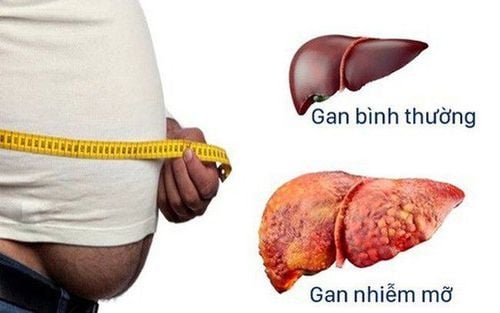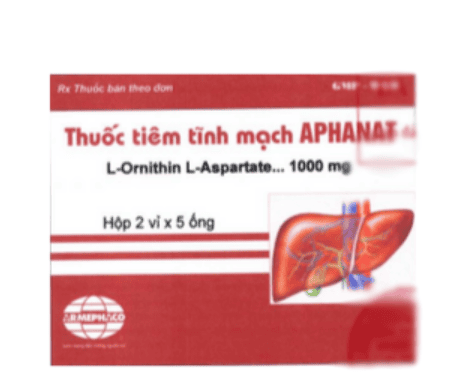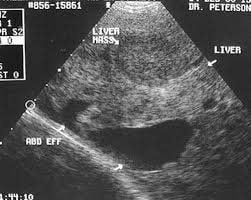This is an automatically translated article.
The article was professionally consulted by MSc Vu Tan Phuc - Gastroenterologist - Department of Medical Examination & Internal Medicine, Vinmec Phu Quoc International General Hospital.1. The functions of the liver
As mentioned above, the liver is the largest organ in the body and they have extremely important functions for the human body. Including:Metabolism of nutrients Anti-toxic function: Prevent toxins from entering the body through eating or drinking. It also reduces toxicity and eliminates some waste products in the body. The function of creating bile (contributing to the digestion of food) The function of storing substances such as protein, sugar, ... Producing substances that help blood clot.
2. What is cirrhosis?
Cirrhosis is known as a late stage of fibrosis (scarring) of the liver. Cirrhosis is usually caused by some condition or disease in the liver. These include hepatitis and chronic alcoholism.When the liver is damaged by disease, drinking too much alcohol or some other cause, it will repair itself and this process will create scar tissue. When liver damage progresses to a certain extent, more and more scar tissue forms, making the liver's functions unable to proceed, all liver activities will be interrupted. If the condition persists without treatment, it can be life-threatening.
Cirrhosis and the damage it causes will be irreversible, but patients can still prevent further liver damage with early diagnosis and treatment of the cause of the disease.
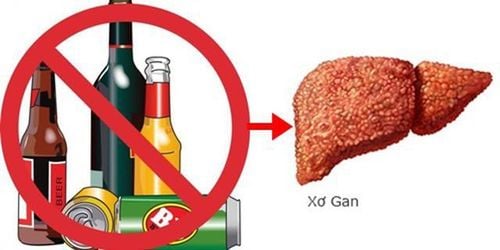
3. Manifestations of cirrhosis
Cirrhosis usually has no outward symptoms, only when the damage is widespread will the patient appear some symptoms such as fatigue; easy bleeding or the appearance of bruises; poor appetite; nausea; leg edema, swelling in the legs, feet, ankles; weight loss; itchy; eyes and skin turn yellow (jaundice); palm red; confused, absent-minded, lethargic.In addition, cirrhosis has some other symptoms such as ascites, ascites due to accumulation of fluid in the abdomen. Or star-shaped blood vessels that appear on the skin, also known as vascular stars. In particular, the patient may lose consciousness and even go into a coma, which is a case of hepatic encephalopathy.
Some of the signs that differ between sexes like women are amenorrhea that are not due to menopause. In men, there is loss of sex drive, growth of mammary glands (gynecomastia) or testicular atrophy.
4. What are the stages of cirrhosis of the liver?
Depending on the progression of the disease, cirrhosis is divided into 4 stages as follows:Cirrhosis stage 1 This is the first stage of the disease, when the liver begins to show signs of fibrosis, tissues and liver cells begin to appear damaged. Usually in stage 1, the patient will have some unclear signs such as abdominal pain, fatigue, low fever, loss of appetite, weight loss, etc. However, in some cases, patients have not even recorded. There are no signs present at this stage, so it is difficult to detect cirrhosis in the early stages.
Stage 2 Cirrhosis Stage 2 cirrhosis is commonly known as fibrotic cirrhosis, when liver cells are damaged and form excess connective tissue. At the same time, the condition also spreads to other areas of the liver, causing cirrhosis. At this stage, the symptoms of the disease are relatively similar to stage 1, but with more severity.
Besides, the patient may also appear some new signs such as yellow eyes, jaundice (light level), dark urine due to a disorder of bilirubin metabolism in the liver.

Cirrhosis stage 4 Stage 4 cirrhosis is the end stage of cirrhosis, at this time the liver cells and tissues are almost completely fibrosis and liver function is severely reduced. From there appeared dangerous complications, including cirrhosis of the liver ascites because of the accumulation of fluid in the abdominal cavity; digestive disorders; liver bleeding and the most severe is liver cancer.
4. Methods to assess cirrhosis stage
Currently, cirrhosis can be detected by means of assessment according to the stage of the disease. Depending on the patient's condition, the doctor can assign the appropriate assessment method and the evaluation methods currently used areInvasive method: Liver biopsy Non-invasive method Biomarker: Indirect fibrosis markers, direct fibrosis markers. Diagnostic imaging: Cross-sectional images, liver elastography. Cirrhosis is a dangerous disease that causes serious complications for the body, depending on the stage, there will be specific treatment methods for cirrhosis. If you find any unusual symptoms, go to a medical facility for timely examination and treatment, to avoid possible unfortunate complications.
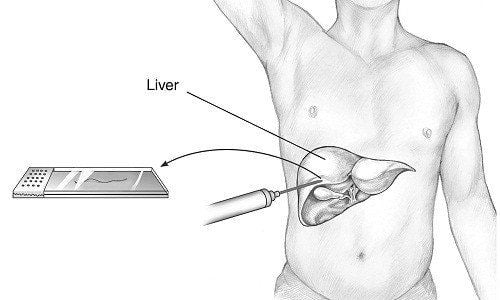
Please dial HOTLINE for more information or register for an appointment HERE. Download MyVinmec app to make appointments faster and to manage your bookings easily.





